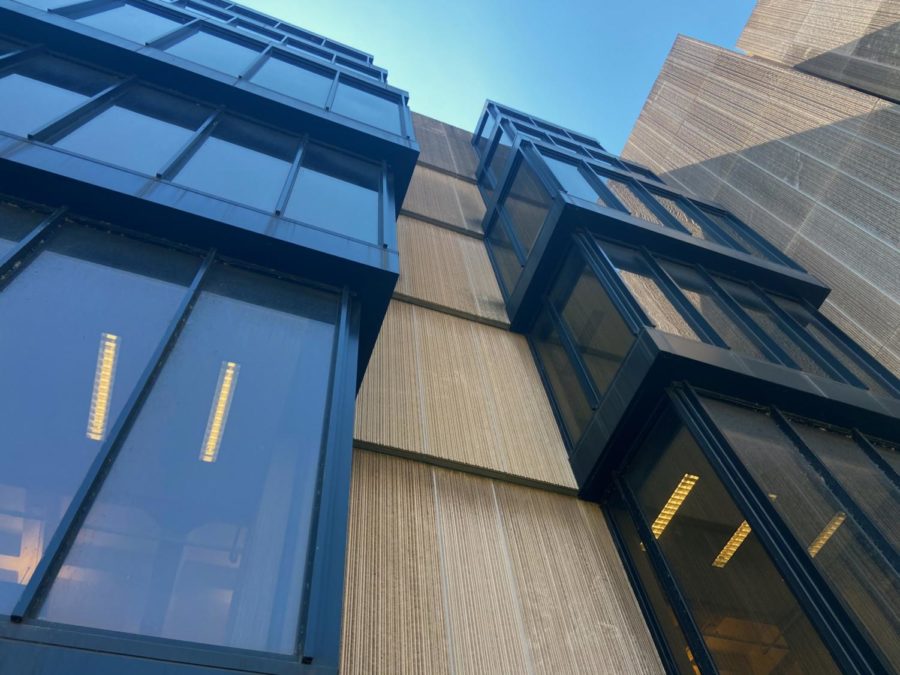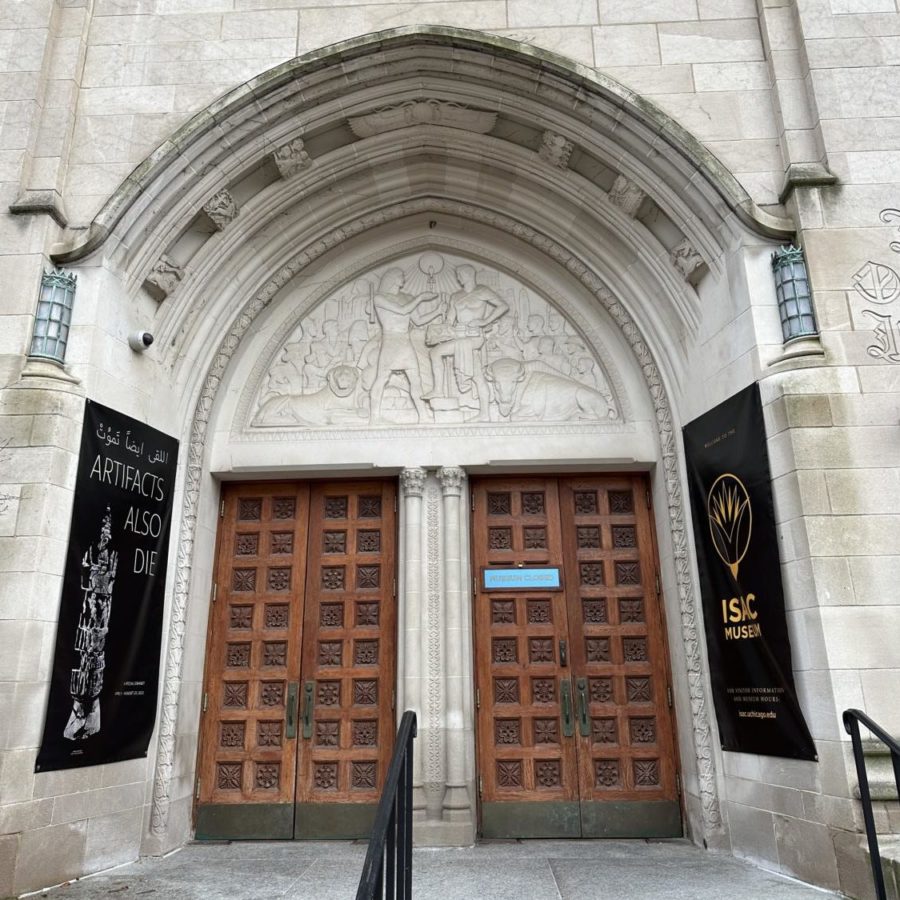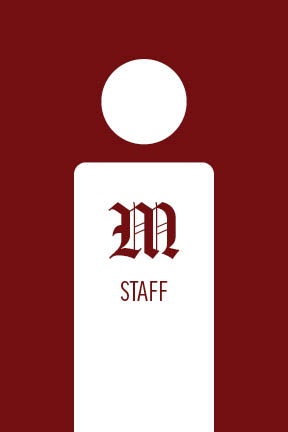Campus development is a difficult issue. Construction, perhaps the one thing that affects all members of the University community, is also one of the least understood aspects of campus life. So it wasn’t very surprising to read in the Chicago Tribune last week that Leslie Hairston, the alderman who oversees the University of Chicago area, is threatening to halt the University’s Institutional Planned Development (PD) 43—a city zoning document that governs how the University uses campus land—because of the “confusion” and “concerns” expressed by community members. The University recently proposed an amendment to PD43 for expansion that includes four properties on Woodlawn Avenue between 57th and 58th Streets. As the second largest private institution in the city of Chicago—and the only one that plans to spend $1.7 billion on capital improvements over the next five years—the University must make a greater effort to communicate development plans and involve the community if it wants large projects to finish successfully and on time.
Although the University hasn’t had the best track record in this regard (flashback to the 2008 announcement of the Milton Friedman Institute that caused a continuous outpour of community and faculty concerns), we would expect administrators to learn from the hurdles they’ve encountered in the past. However, an alderman publicly speaking out against construction plans and residents calling for the creation of a historic district to block the University’s expansion indicates poor communication between administrators and the community. And if these concerns aren’t properly addressed, there could be severe consequences. For instance, the Seminary Co-Op, celebrating its 50th anniversary, could find itself shafted again if construction in McGiffert House, its new home, is delayed due to zoning issues.
But, in the dance of community relations, the University can’t be the only partner: Hyde Parkers have to meet them halfway. It is, to borrow a couple of their own words, confusing and concerning that some residents are considering petitioning for the creation of an historic district to block University development. Such an attempt—blocking just for the sake of blocking—isn’t constructive. While community members often have reason to criticize University actions affecting the community, the default response to the U of C’s intentions to improve Hyde Park by creating lively commercial areas and state-of-the-art academic buildings shouldn’t be hostility. Instead of setting up roadblocks and red tape, Hairston and local residents should provide constructive input.
It’s nice to see that Hairston has organized a community meeting on November 9 to discuss concerns, but it is obvious that the University and Hairston should have held such meetings together before threats were made. It’s also comforting that Hairston said in a press release that the “the University has assured me they will listen,” but this shows that the University is using a politician as a liaison, instead of directly engaging with community members. The University should use these zoning issues to build a better relationship with the community, or else large-scale developments will be constructed on unstable ground.
The Editorial Board consists of the Editor-in-Chief, Viewpoints Editors, and an additional Editorial Board member.









